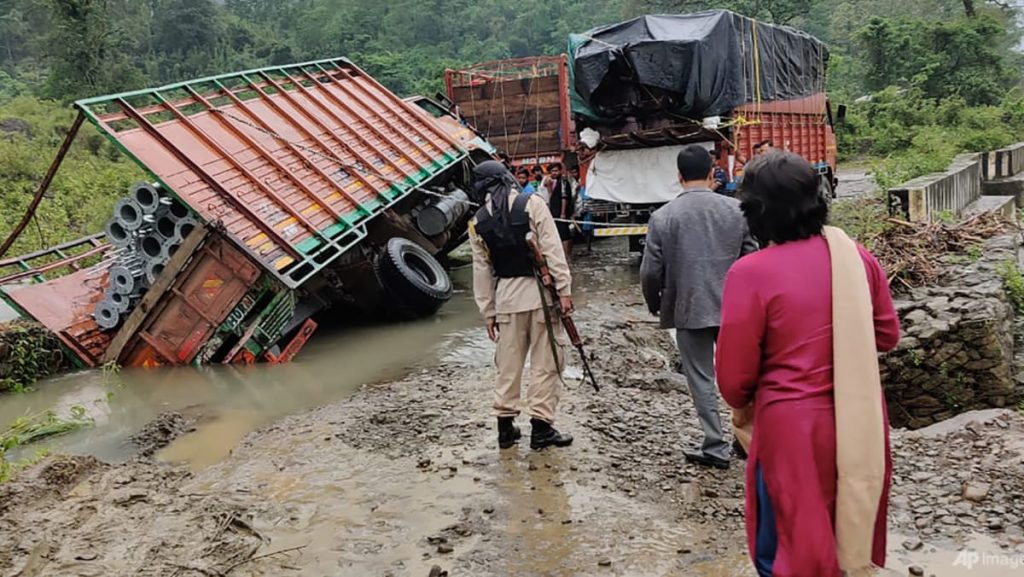The tranquility of a Monday morning in Umrangshu, a remote area nestled within the Dima Hasao region of Assam, India, was shattered by a sudden and devastating event. A coal mine, the lifeblood of the local economy, became a watery tomb, trapping an estimated dozen miners in its depths. Initial reports suggested at least 27 workers had entered the mine at the start of their shift, but the sudden influx of water allowed only some to escape, leaving an unknown number fighting for survival against the rising tide. The remote and challenging terrain of the mine’s location compounded the rescue efforts, making access difficult and highlighting the precarious nature of such mining operations.
News of the disaster spread quickly, gripping the nation with anxiety and prompting swift action from authorities. Local police, led by Superintendent Mayank Jha, confirmed the incident and the daunting reality of the miners’ entrapment. The challenging topography of the region – characterized by dense forests and difficult-to-navigate terrain – posed a significant obstacle to the rescue operation. The remoteness of the mine further complicated matters, limiting immediate access for emergency responders and equipment.
Chief Minister Himanta Biswa Sarma expressed his profound concern and ordered immediate deployment of state and national resources. Recognizing the urgency of the situation, the Chief Minister mobilized government rescue teams, highlighting the gravity of the situation and the commitment to bringing the trapped miners to safety. He also sought assistance from the Indian Army, whose expertise in disaster relief and challenging terrains was deemed crucial for the operation’s success. This coordinated effort underscored the collective determination to leave no stone unturned in the rescue mission.
The incident underscores the inherent risks associated with coal mining, particularly in regions with challenging geographical conditions. The sudden flooding of the mine points to potential inadequacies in safety protocols and disaster preparedness, raising serious questions about the working conditions in such mines. Often located in remote areas with limited oversight, these mines may not always adhere to the stringent safety regulations necessary to mitigate such risks. The desperate struggle for survival faced by the trapped miners serves as a stark reminder of the human cost associated with these industrial activities.
As rescue efforts intensified, the nation held its breath, clinging to the hope of a miracle. The incident brought into sharp focus the vulnerability of those working in hazardous conditions, often with limited safety nets. The families of the trapped miners endured agonizing hours of uncertainty, their hopes and fears intertwined with the relentless efforts of the rescuers. The unfolding tragedy served as a grim reminder of the precariousness of life and the ever-present dangers faced by those who toil in the depths of the earth.
The incident at the Umrangshu coal mine serves as a tragic illustration of the complex interplay between economic necessity and human safety. The demand for coal, a vital energy source, often pushes mining operations into increasingly remote and challenging environments, where the risks are magnified. The incident calls for a thorough investigation into the circumstances leading to the flooding, with a focus on identifying any lapses in safety procedures and regulatory oversight. Furthermore, it underscores the urgent need for stricter enforcement of safety standards in the mining industry, particularly in remote and hazardous locations. The lessons learned from this tragedy must be translated into concrete actions to prevent future occurrences and ensure the well-being of those who risk their lives to extract resources from the earth. The human cost of such incidents is too high to ignore, and a comprehensive review of safety protocols and regulatory frameworks is essential to protect the lives of those working in the mining sector.

